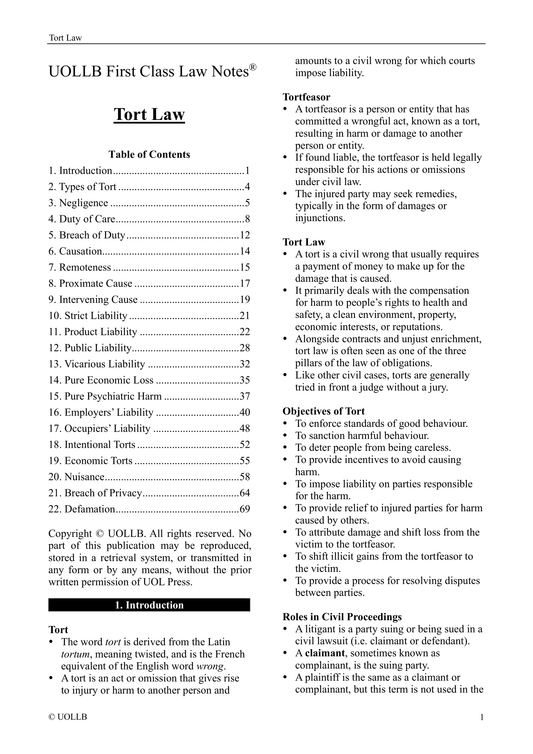UK Constitution
Share
The UK constitution is the set of rules and principles that govern the country's political system. Unlike many other countries, the UK does not have a single, codified constitution. Instead, the constitution is a collection of laws, conventions, and traditions that have developed over time.
One of the key features of the UK constitution is the principle of parliamentary sovereignty. This means that parliament has the final say in making laws and that no other institution or body can override its decisions. The government is also accountable to parliament, which can hold it to account through various mechanisms, such as debates, questions, and votes of no confidence.
Another important aspect of the UK constitution is the separation of powers. The executive (government), legislative (parliament), and judicial (courts) branches of government have distinct roles and responsibilities, with each serving as a check and balance on the others.
The UK constitution also includes a range of other important elements, including the monarchy, the role of political parties, the electoral system, and the human rights protections provided by the European Convention on Human Rights.
While the UK constitution is not codified in a single document, there have been attempts to reform and modernise it over time. These have included the establishment of devolved governments in Scotland, Wales, and Northern Ireland, as well as changes to the House of Lords and the introduction of the Human Rights Act.
One of the key features of the UK constitution is the principle of parliamentary sovereignty. This means that parliament has the final say in making laws and that no other institution or body can override its decisions. The government is also accountable to parliament, which can hold it to account through various mechanisms, such as debates, questions, and votes of no confidence.
Another important aspect of the UK constitution is the separation of powers. The executive (government), legislative (parliament), and judicial (courts) branches of government have distinct roles and responsibilities, with each serving as a check and balance on the others.
The UK constitution also includes a range of other important elements, including the monarchy, the role of political parties, the electoral system, and the human rights protections provided by the European Convention on Human Rights.
While the UK constitution is not codified in a single document, there have been attempts to reform and modernise it over time. These have included the establishment of devolved governments in Scotland, Wales, and Northern Ireland, as well as changes to the House of Lords and the introduction of the Human Rights Act.




























































